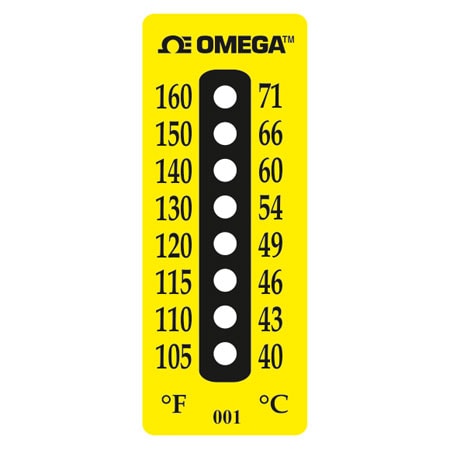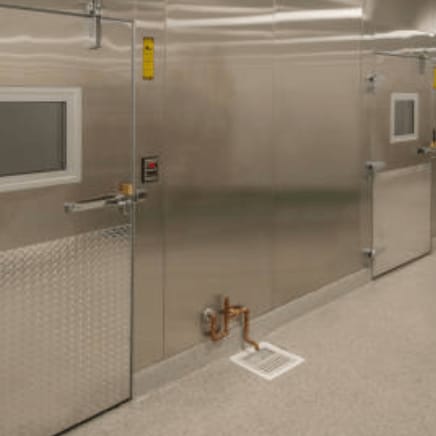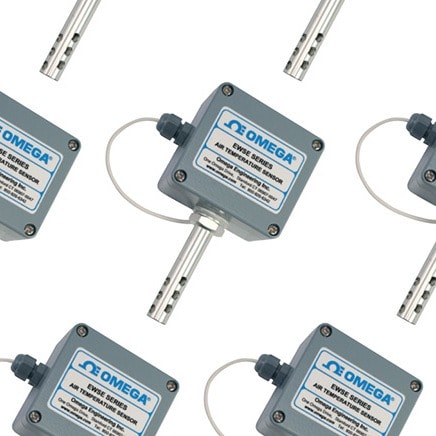Temperature is an important parameter used for effective monitoring and control of a wide range of industrial applications, as well as in the field of science and engineering. Ensuring the accuracy in temperature measurement is equally significant as erroneous temperature recordings could lead to equipment failure, inferior quality products, or may even pose serious risks to human health.
For example, in the food and beverage industry, the right temperature will ensure proper food quality, flavor, and freshness of food. If not monitored correctly, the wrong temperature can lead to health risks for consumers. Similarly, in a chemical processing plant, it is vital to control the temperature of process fluid to ensure proper functioning and efficiency of the system.
Several devices can help you measure the temperature accurately, depending on your specific application. These include thermometers, thermocouples, RTDs, temperature labels, thermistors, and smart temperature sensors. There are even non-contact temperature measurement devices such as infrared (IR) thermometers and thermal imaging cameras that are useful to record the temperature of objects from a safe distance.
Learn More
The International Temperature Scale of 1990 was adopted by the International Committee of Weights and Measures at its meeting in 1989, in accordance with the request embodied in Resolution 7 of the 18th General Conference of Weights and Measures of 1987. This scale supersedes the International Practical Temperature Scale of 1968 (amended edition of 1975) and the 1976 Provisional 0.5 K to 30 K Temperature Scale.
Learn More
The sensations of hot and cold are fundamental to the human experience, yet finding ways to measure temperature has challenged many great minds. It’s unclear if the ancient Greeks or Chinese had ways to measure temperature, so as far as we know, the history of temperature sensors began during the Renaissance.
The thermometer as we know it was invented in 1612 in what is now Italy by Santorio Santorii. He sealed liquid inside a glass tube, observing how it moved up the tube as it expanded. A scale on the tube made it easier to see changes, but the system lacked precise units.
In this article the history of the temperature sensor is reviewed
Learn More
Three primary types of temperature sensor are commonly used to measure temperature in applications. These are thermocouples, thermistors, and RTDs. All types work by creating or altering an electrical signal in a circuit containing the sensor. Beyond that, there are significant differences between them.
If you encounter a temperature measurement device in the field, which type of sensor it relies on may not be readily apparent. This article will outline the key characteristics of each sensor type, and explain a simple test you can perform to determine whether a temperature sensor is an RTD, a thermocouple, or a thermistor.
Learn More
Choosing a temperature sensor for your application can be an overwhelming task. The current range of sensors in the market is broader than ever, and it is easy to feel lost if you are not familiar with calibrations.
This article is here to explain the differences between the three main kinds of temperature sensor: thermocouples, RTDs and thermistors. After reading it, you will understand the pros and cons of each type and how to identify them.
Learn More






